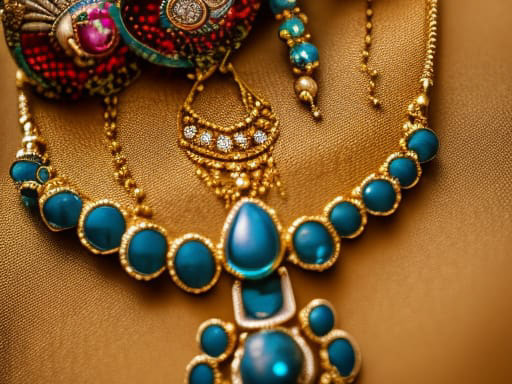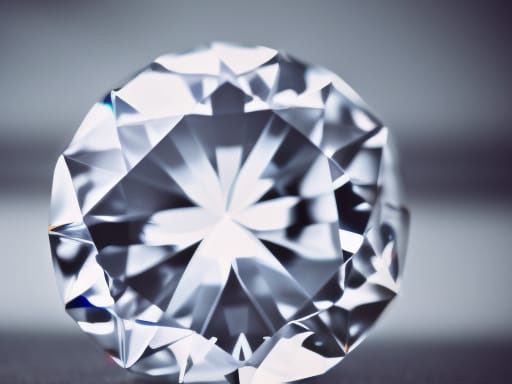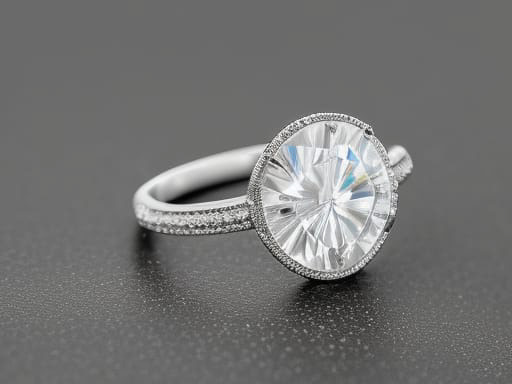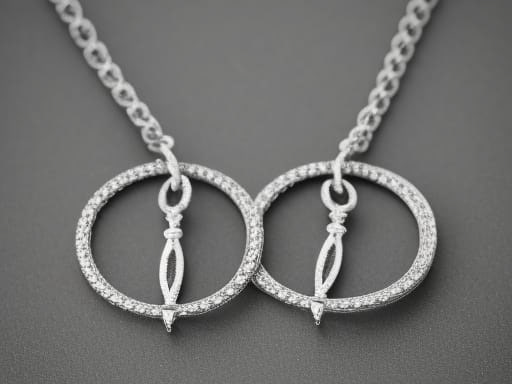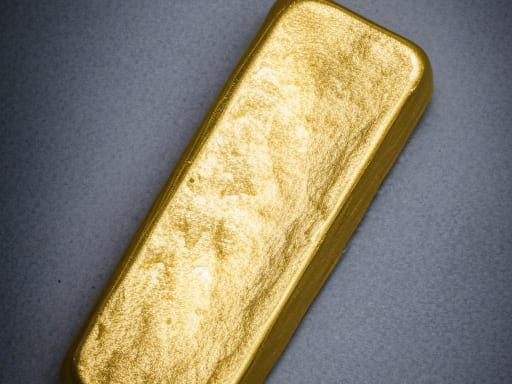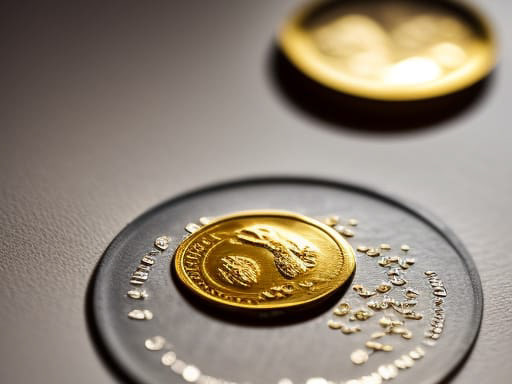Jewellery has been a part of human culture for thousands of years, and throughout history, people have used various materials to create stunning pieces of adornment. One of the most popular materials used for jewellery making is stones, which come in a wide variety of colours, shapes, and sizes. While many stones used in jewellery are naturally occurring, there are also man-made stones that are becoming increasingly popular in the world of jewellery design.
Man-made stones, also known as synthetic or lab-grown stones, are created in a laboratory using advanced technology to mimic the natural processes that create stones on the earth. These stones are chemically and physically identical to their natural counterparts, but they are more affordable and can be produced in larger quantities.
Let's take a look at some of the most popular man-made stones used in jewellery design:
Cubic Zirconia (CZ) Cubic Zirconia is a man-made stone that closely resembles diamonds. CZ is created in a laboratory by heating zirconium oxide and yttrium oxide to an extremely high temperature, which causes the materials to crystallize and form cubic zirconia. CZ is affordable and can be found in a wide variety of colours, making it a popular choice for designers who want to create pieces that look like diamonds without a high price tag.
Moissanite is another man-made stone that is becoming increasingly popular in the world of jewellery design. It is made from silicon carbide, which is heated to an extremely high temperature to create a crystal that is then cut and polished to create a stunning gemstone. Moissanite has a similar brilliance and fire to diamonds, but it is more affordable and environmentally friendly.
Synthetic Opal Opal is a popular stone for jewellery because of its unique play of colour. However, natural opals are often expensive and can be difficult to work with due to their fragile nature. Synthetic opals are created in a lab using a process that mimics the natural formation of opals. These stones are more affordable and can be created in a wide variety of colours and patterns, making them a popular choice for designers who want to incorporate opal into their pieces.
Synthetic Emerald Emeralds are a popular stone for jewellery because of their rich green colour. However, natural emeralds can be expensive and are often flawed. Synthetic emeralds are created in a lab using a process that mimics the natural formation of emeralds. These stones are more affordable and are often clearer and more flawless than natural emeralds.
Synthetic Ruby Rubies are a popular stone for jewellery because of their deep red colour. However, natural rubies can be expensive and are often flawed. Synthetic rubies are created in a lab using a process that mimics the natural formation of rubies. These stones are more affordable and are often clearer and more flawless than natural rubies.
In conclusion, man-made stones are becoming increasingly popular in the world of jewellery design because they offer affordability, durability, and a wide range of colours and patterns. Whether you are looking for a piece of jewellery that resembles a diamond, emerald, ruby, or opal, there is a man-made stone that can meet your needs. So next time you are shopping for jewellery, don't be afraid to consider pieces that feature man-made stones – you might be surprised at how beautiful they can be.
